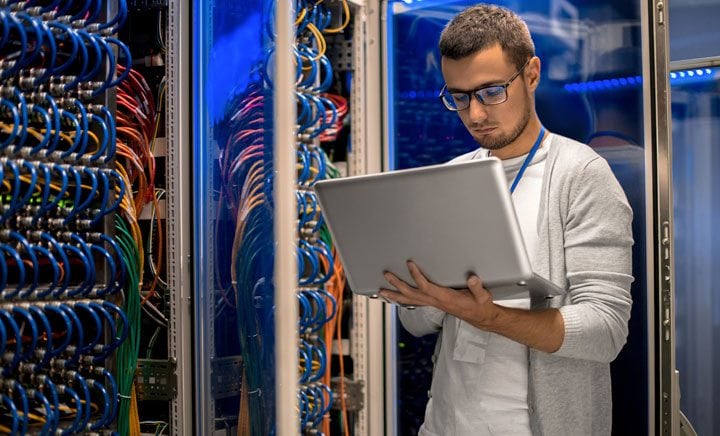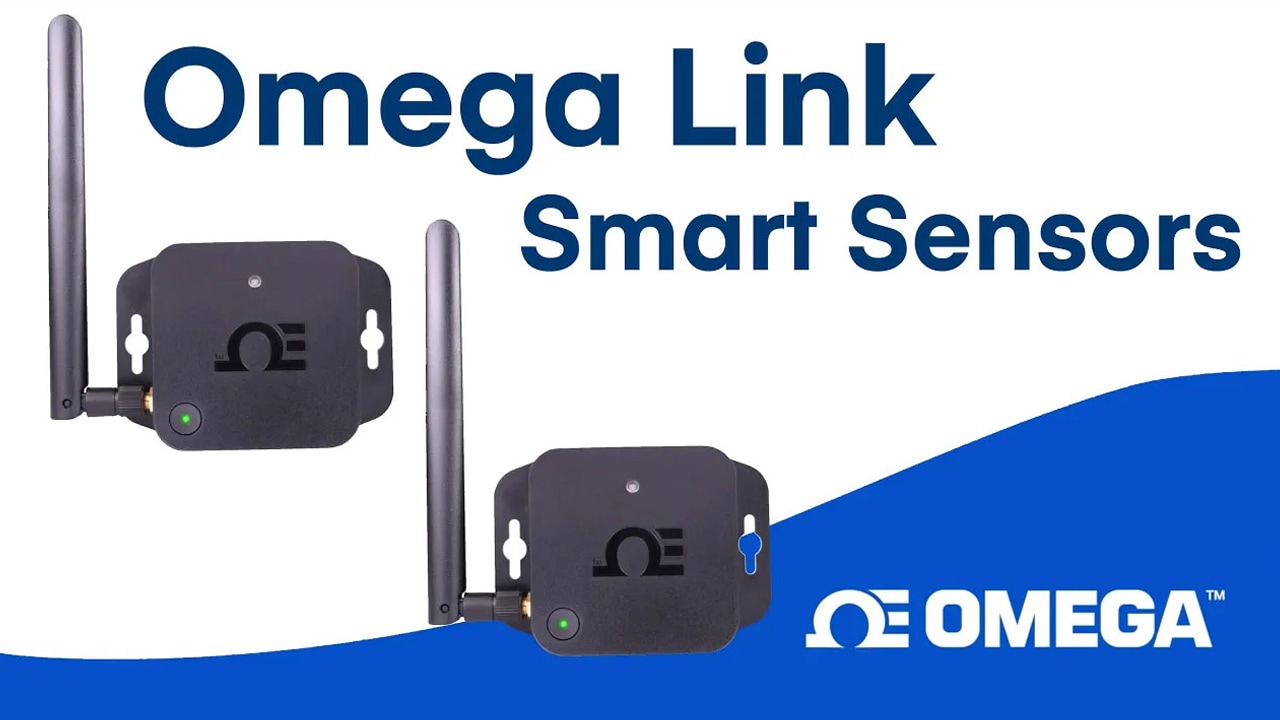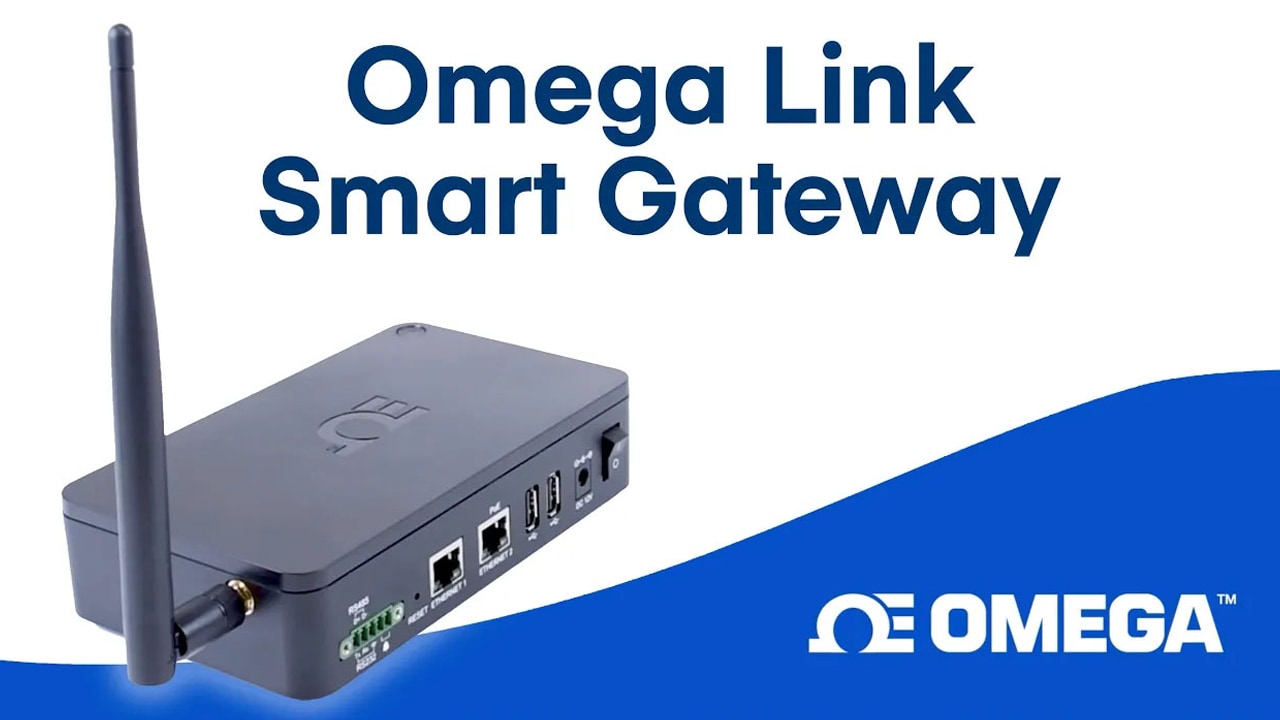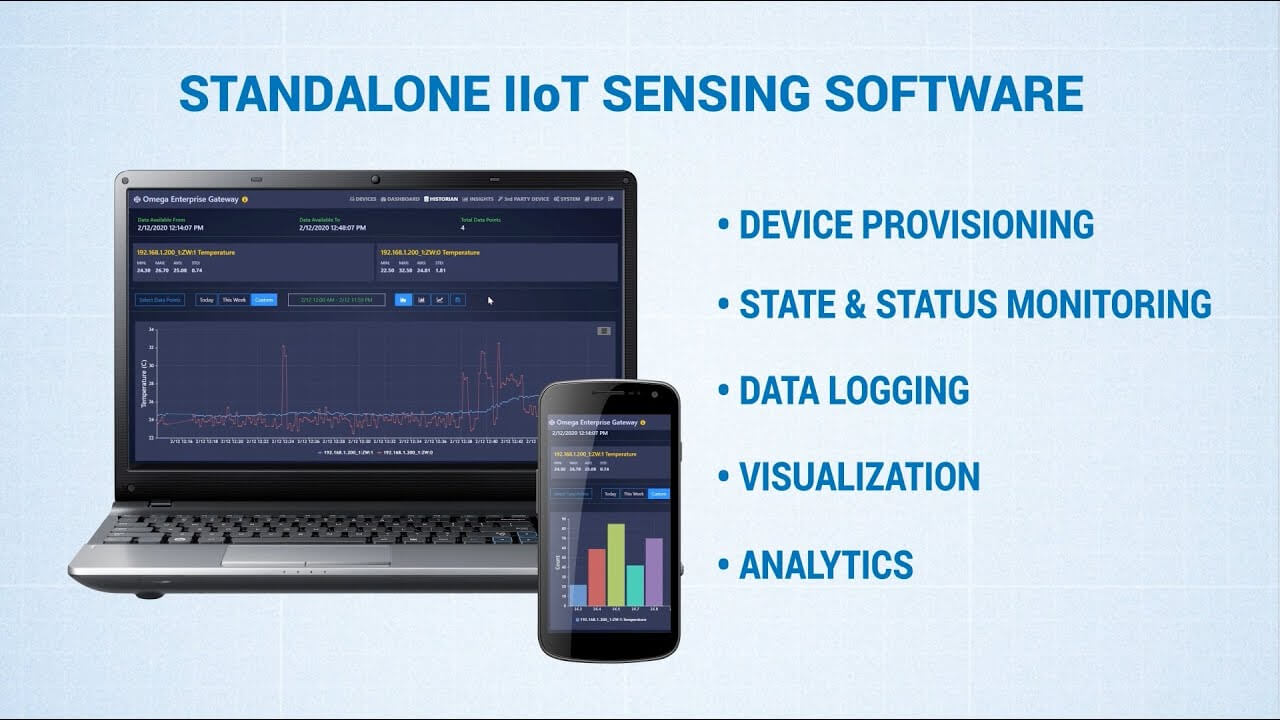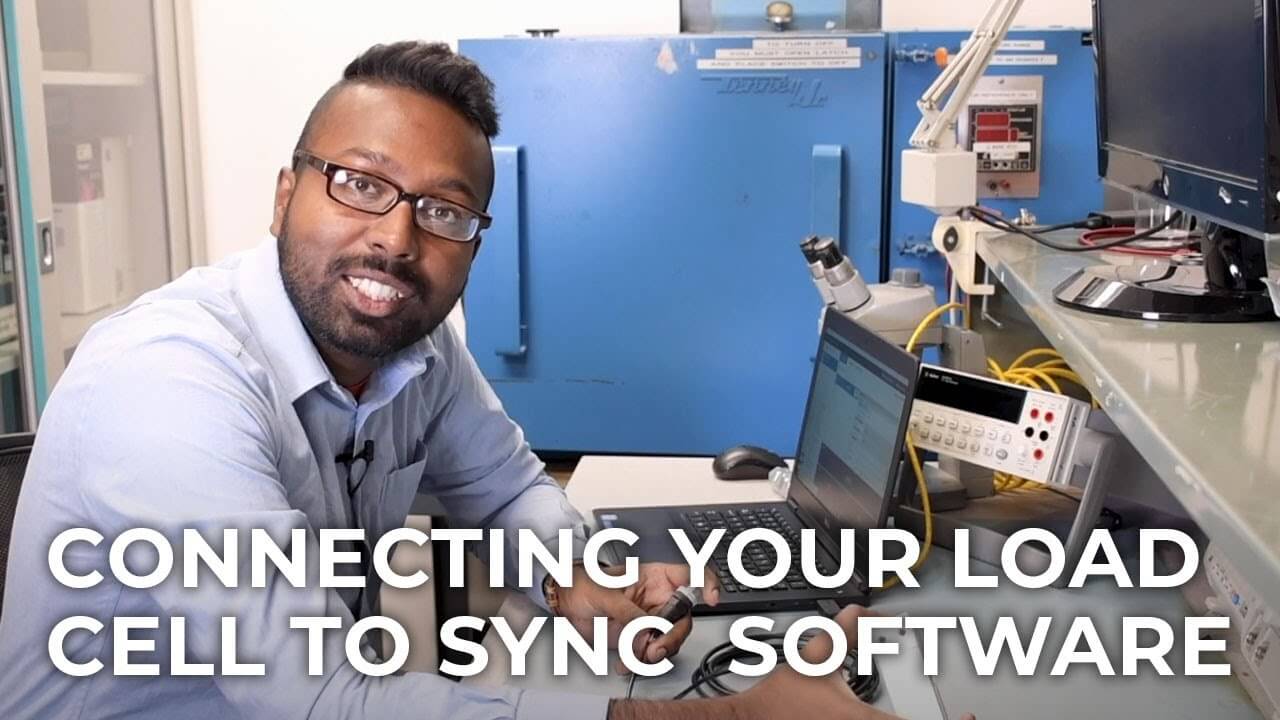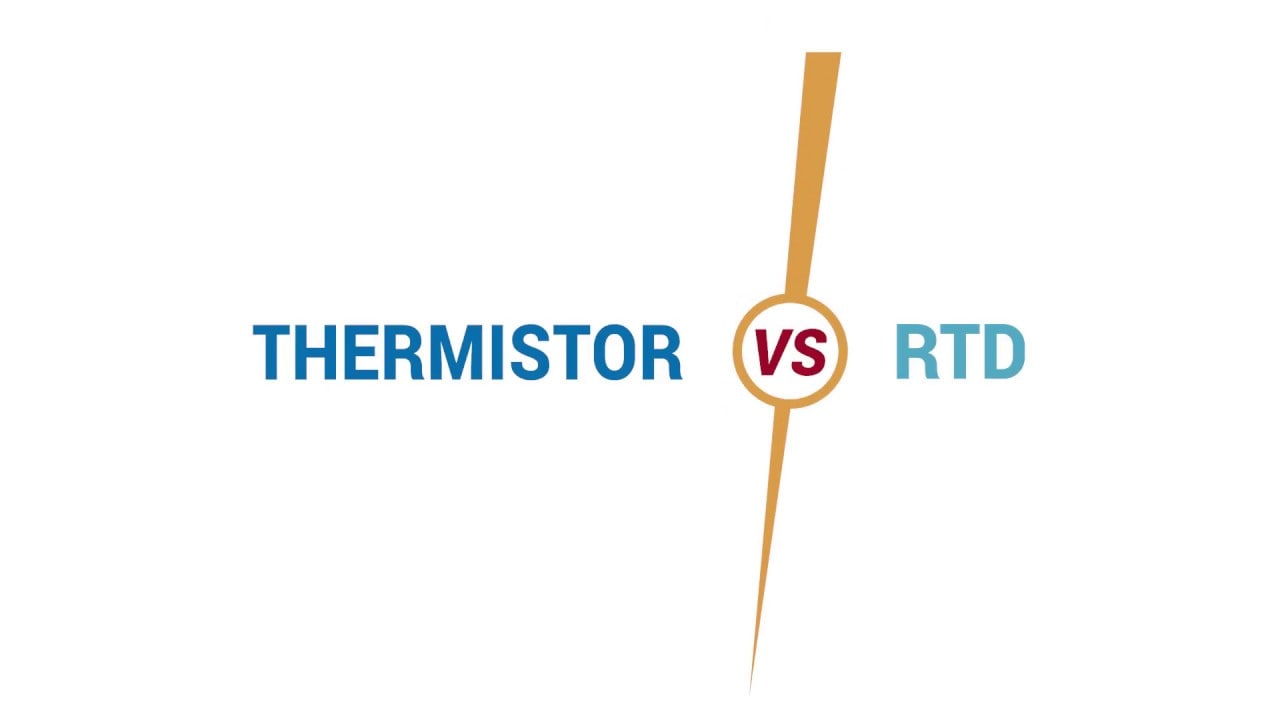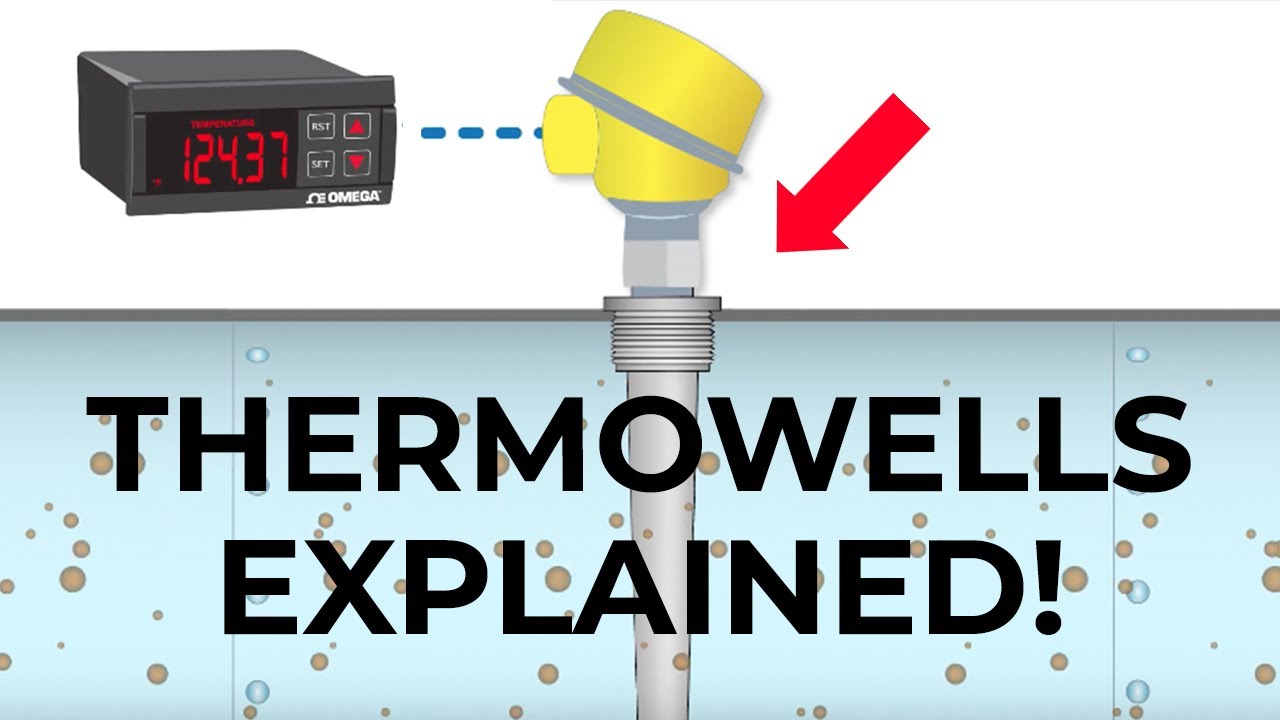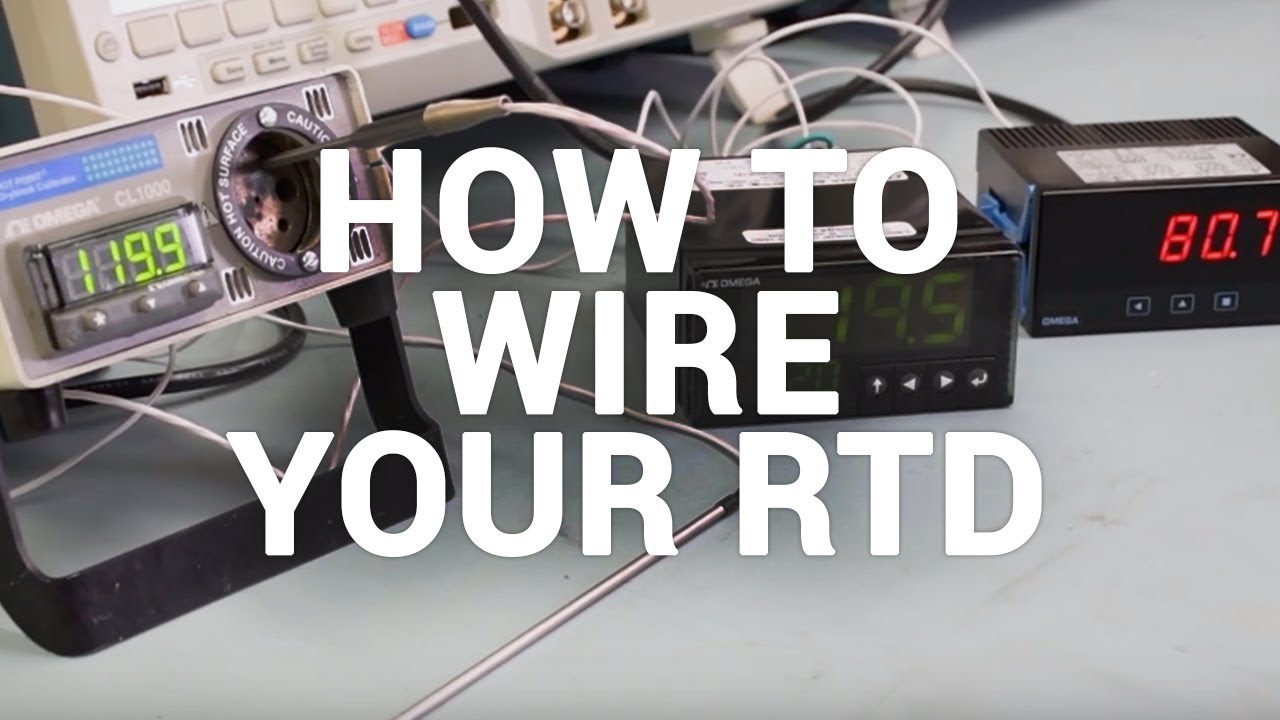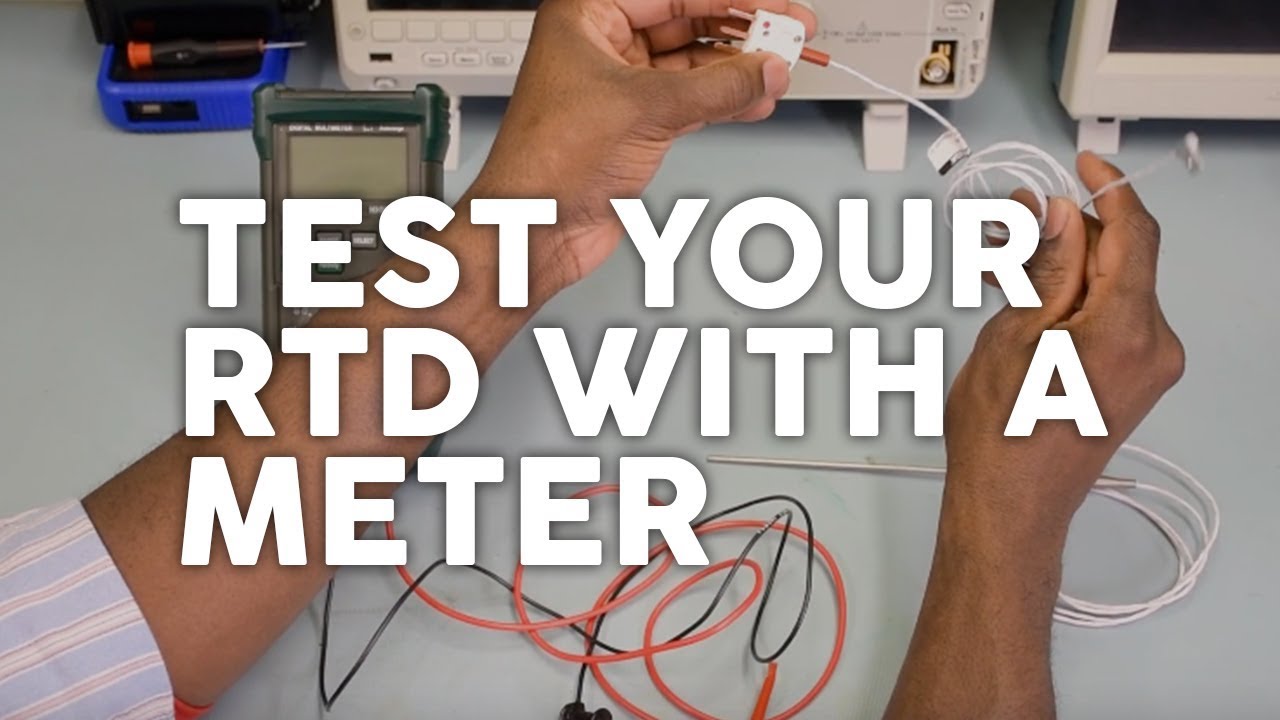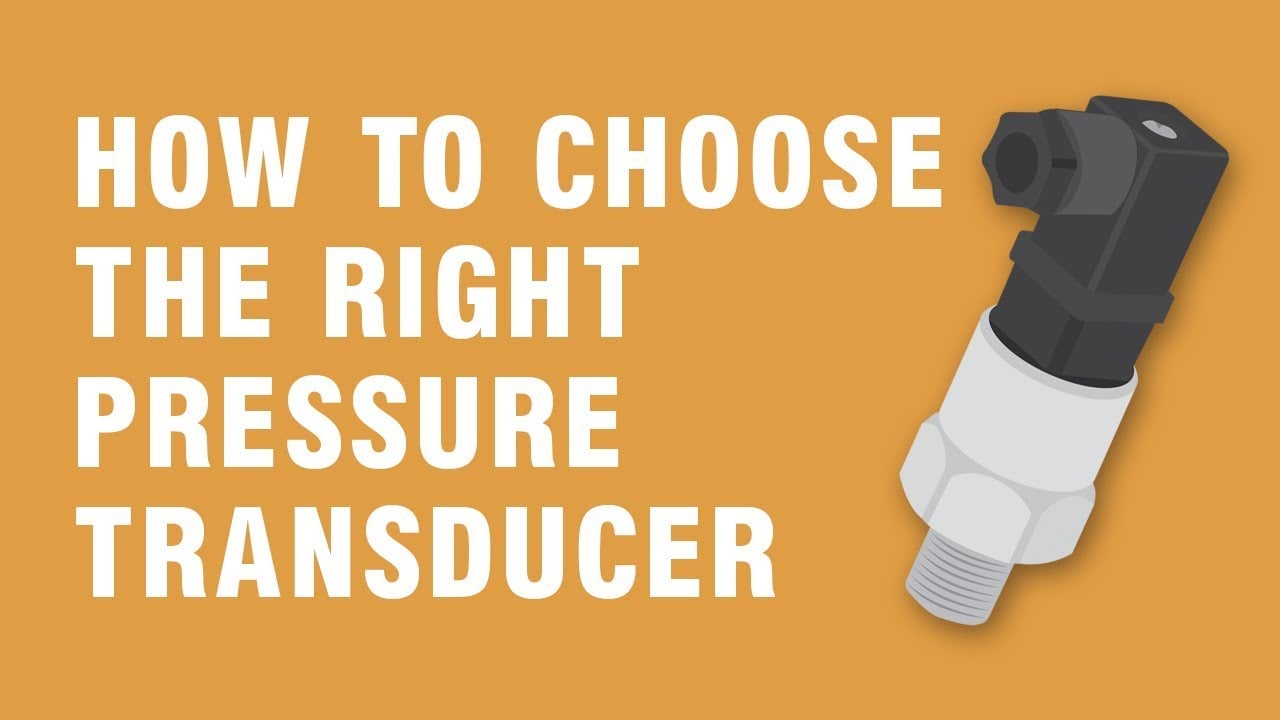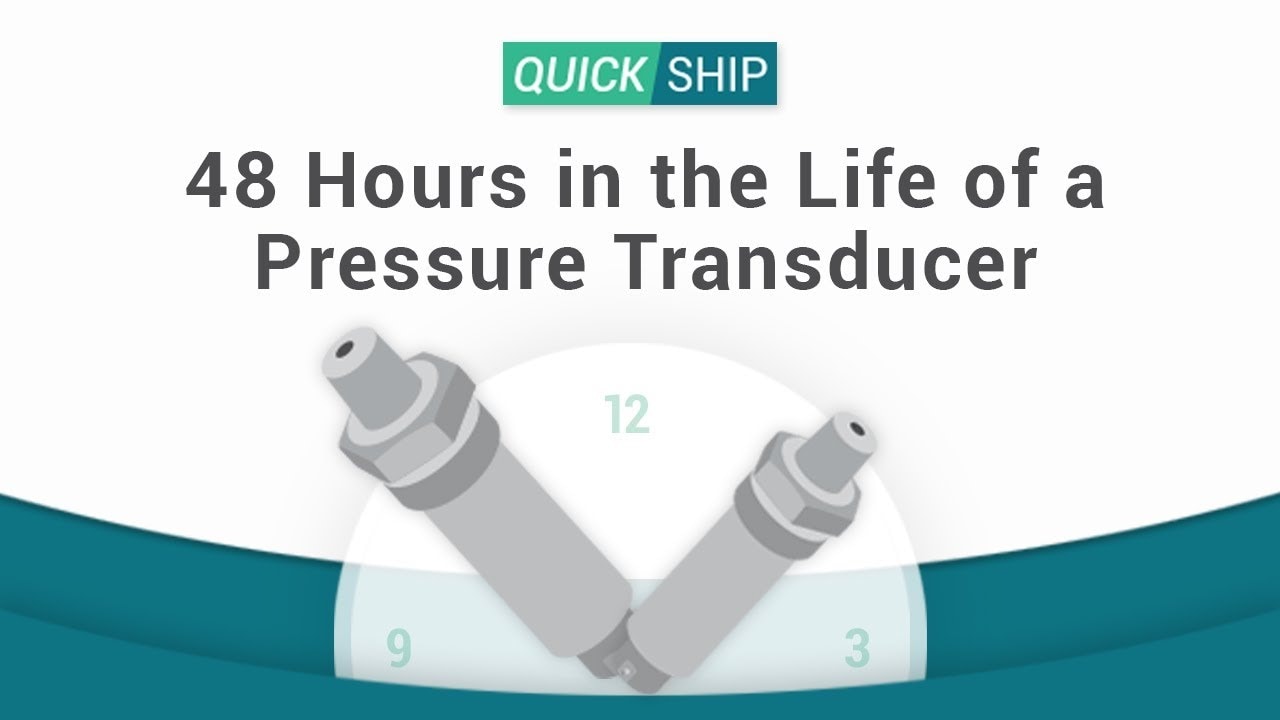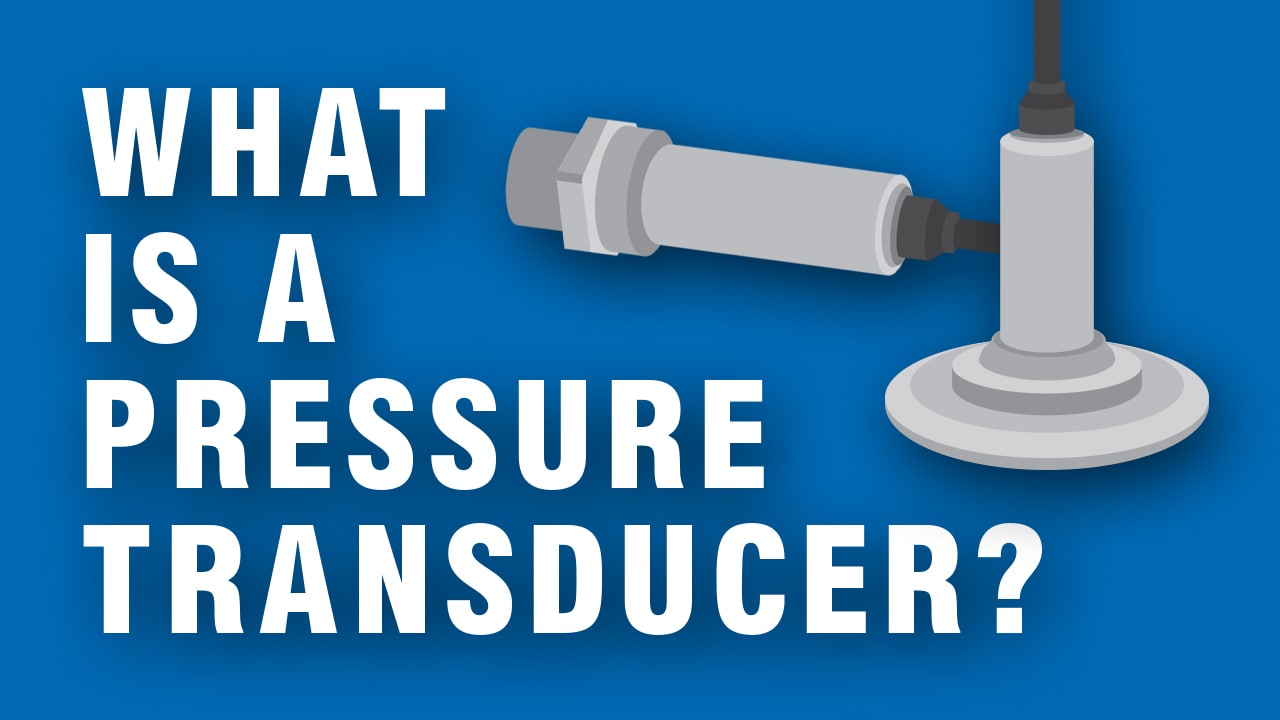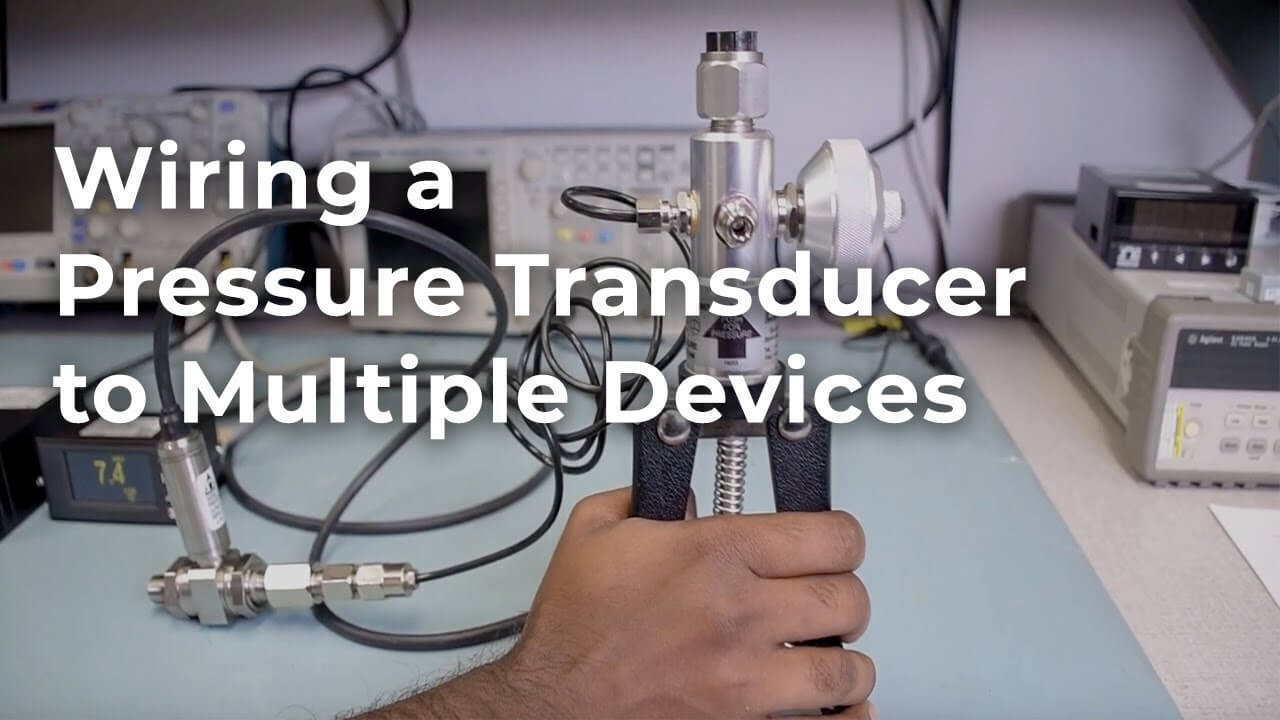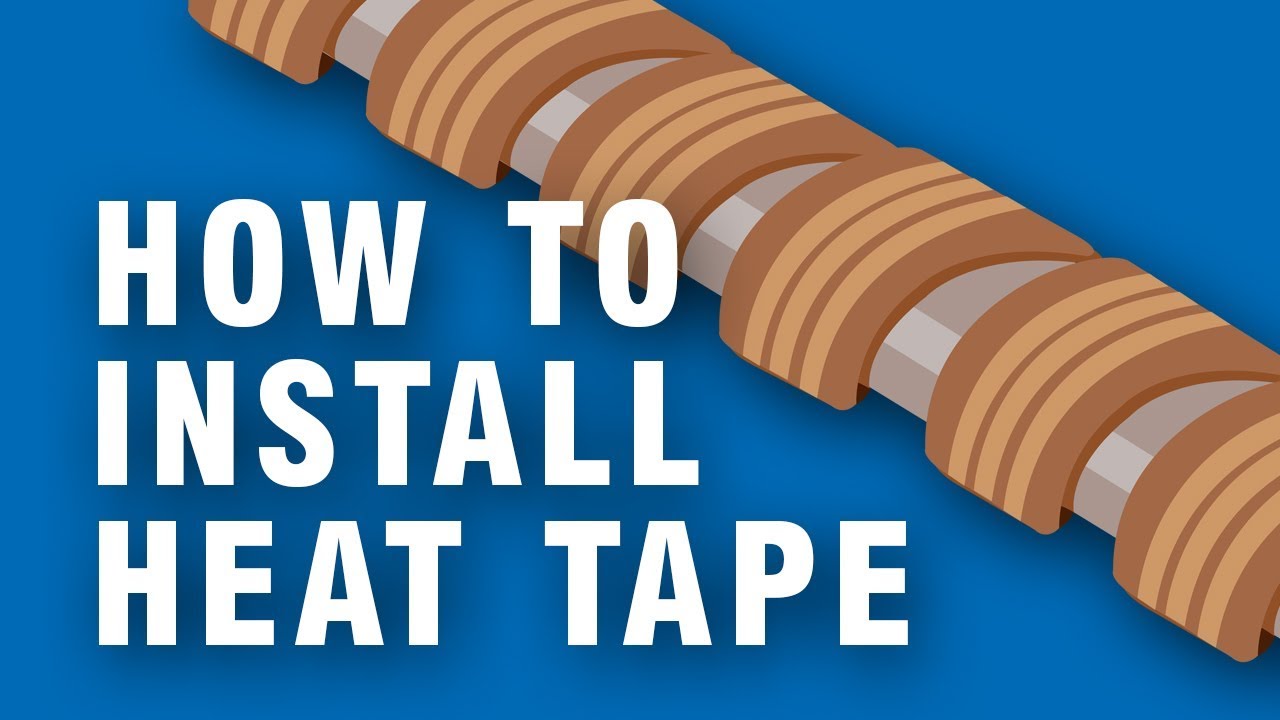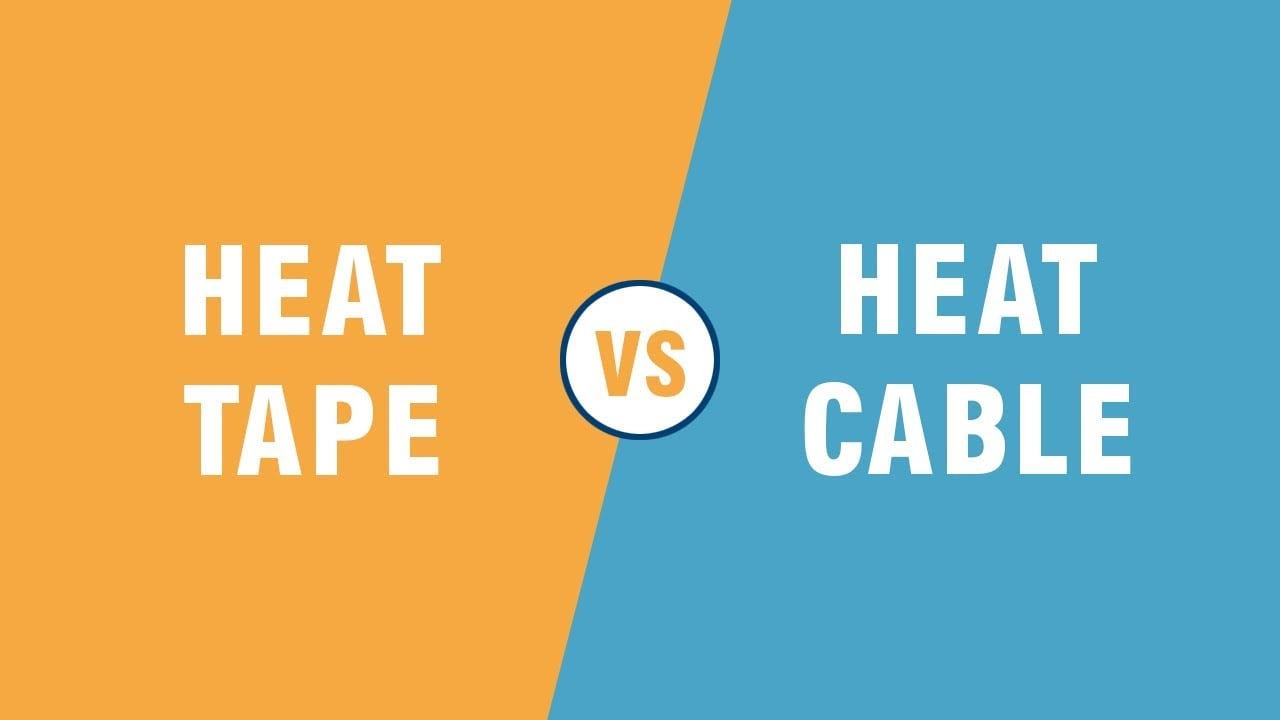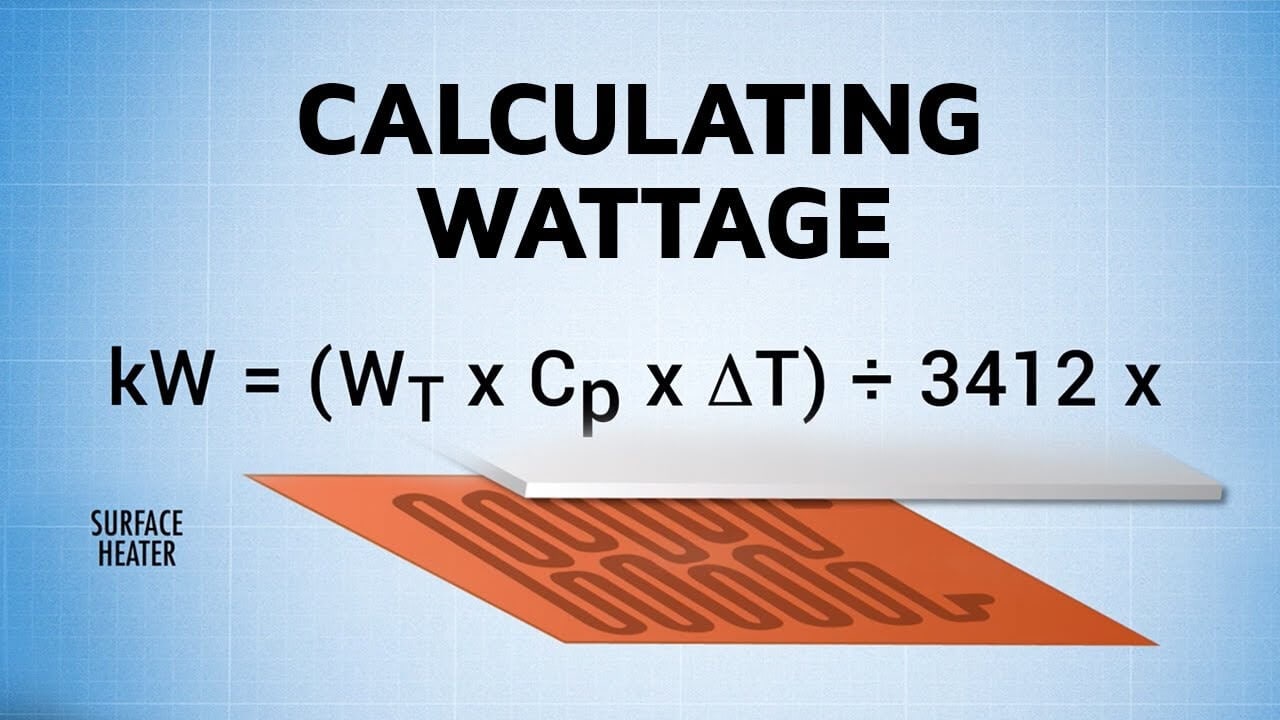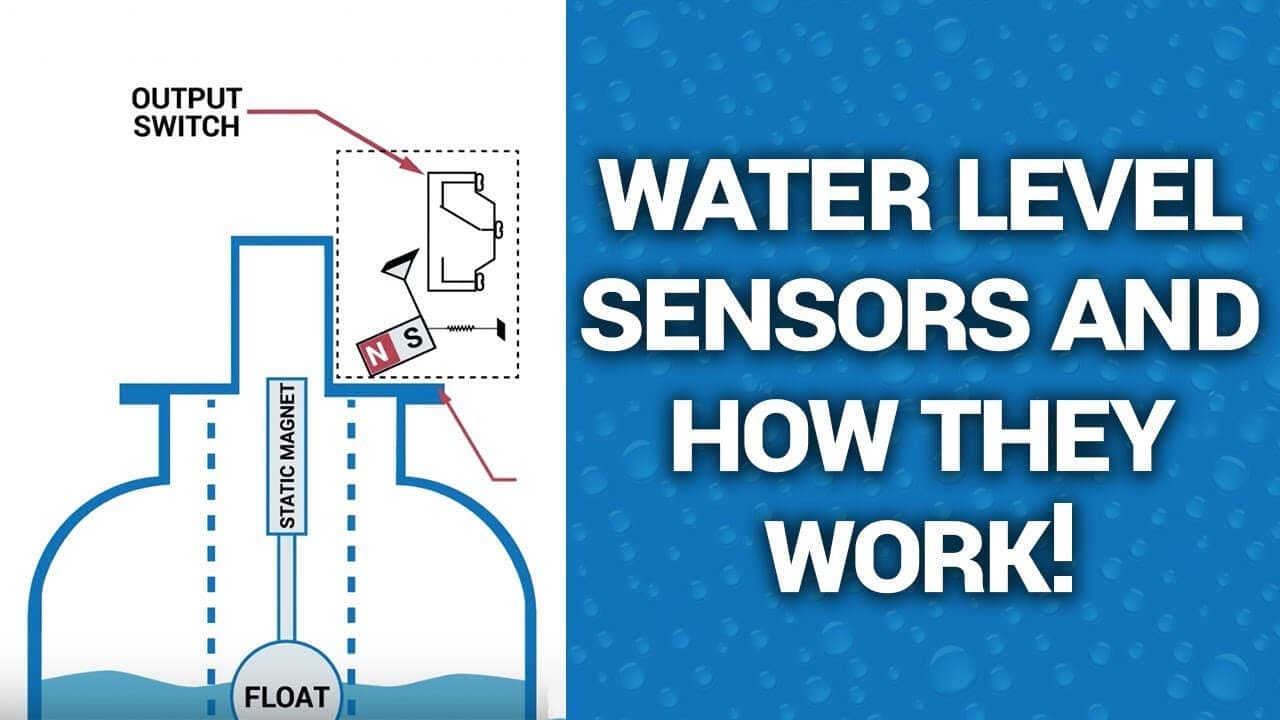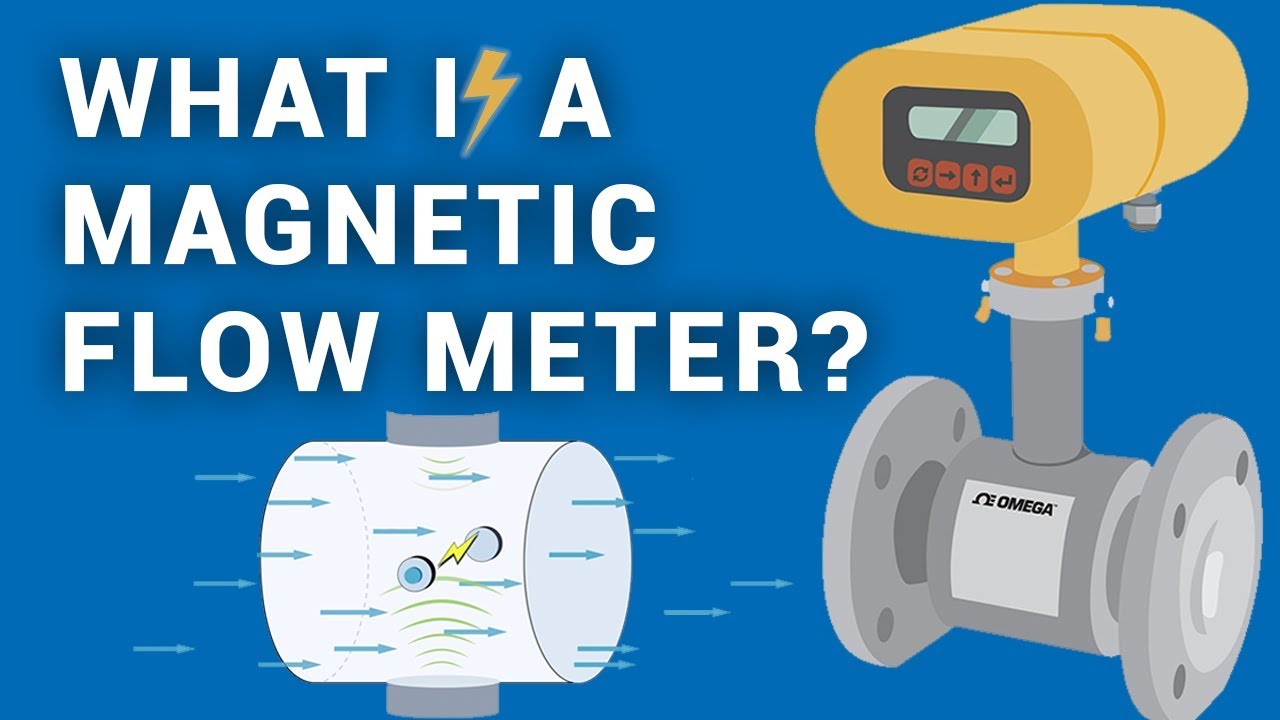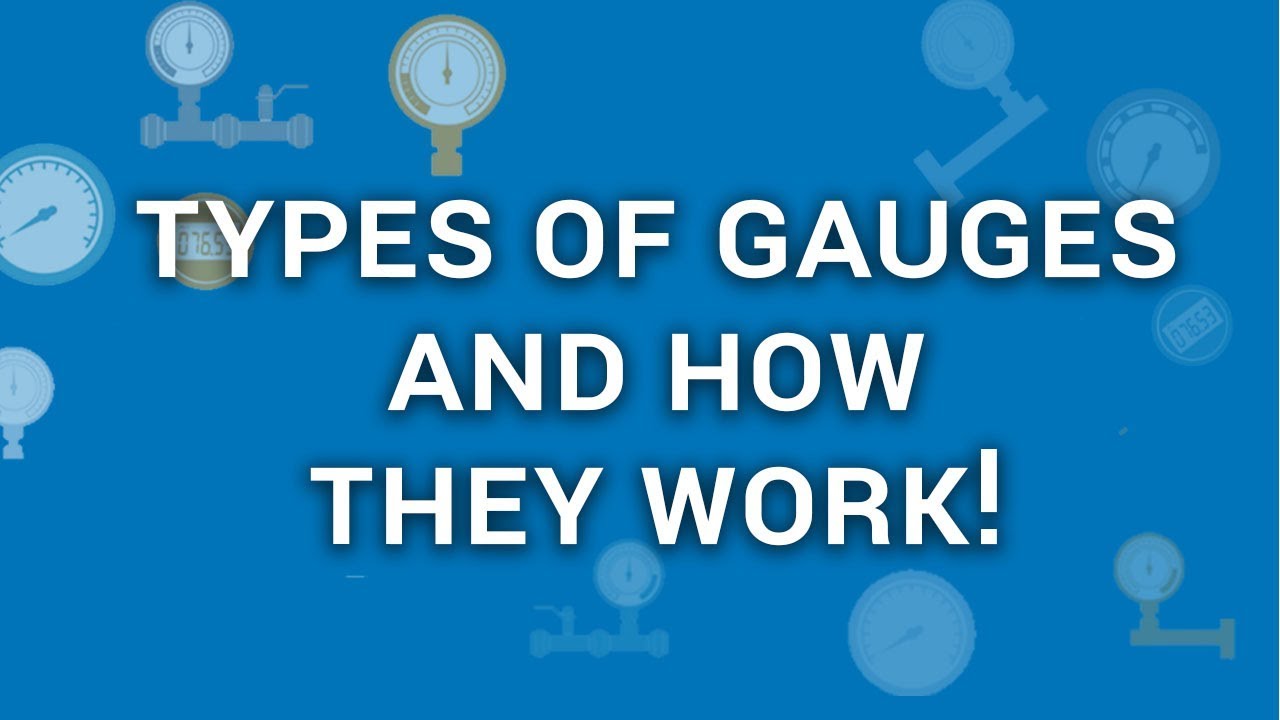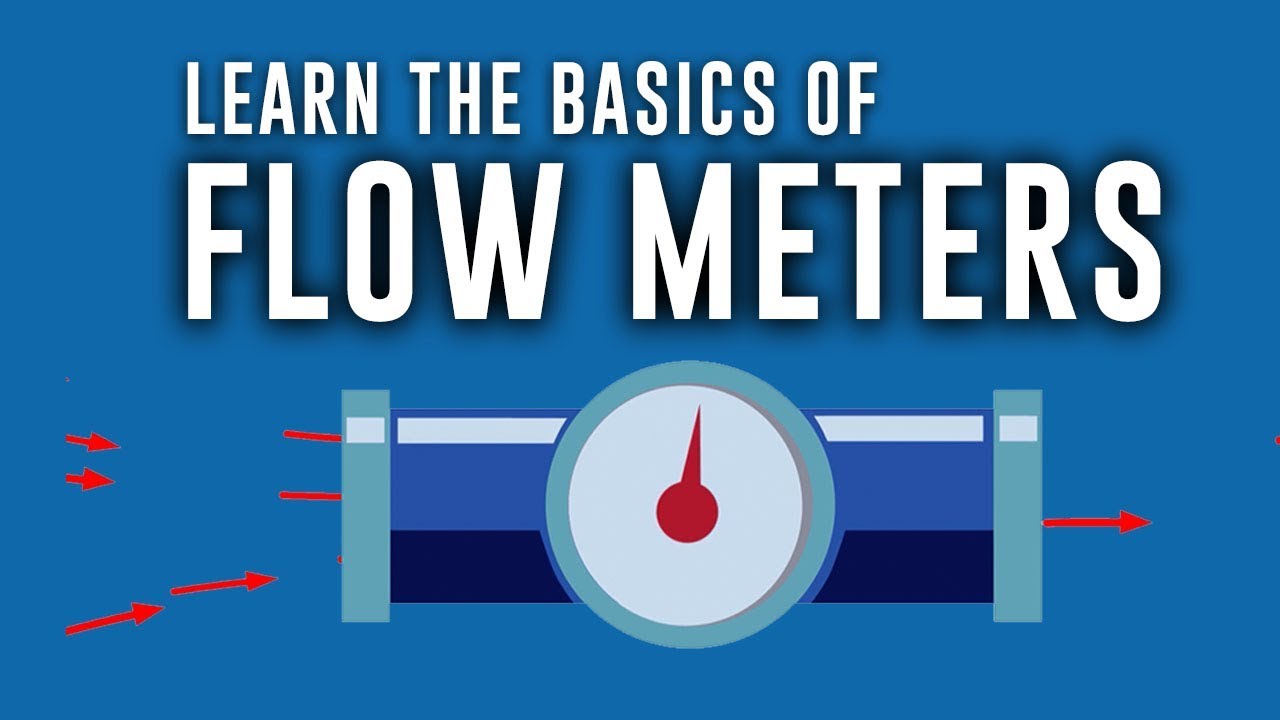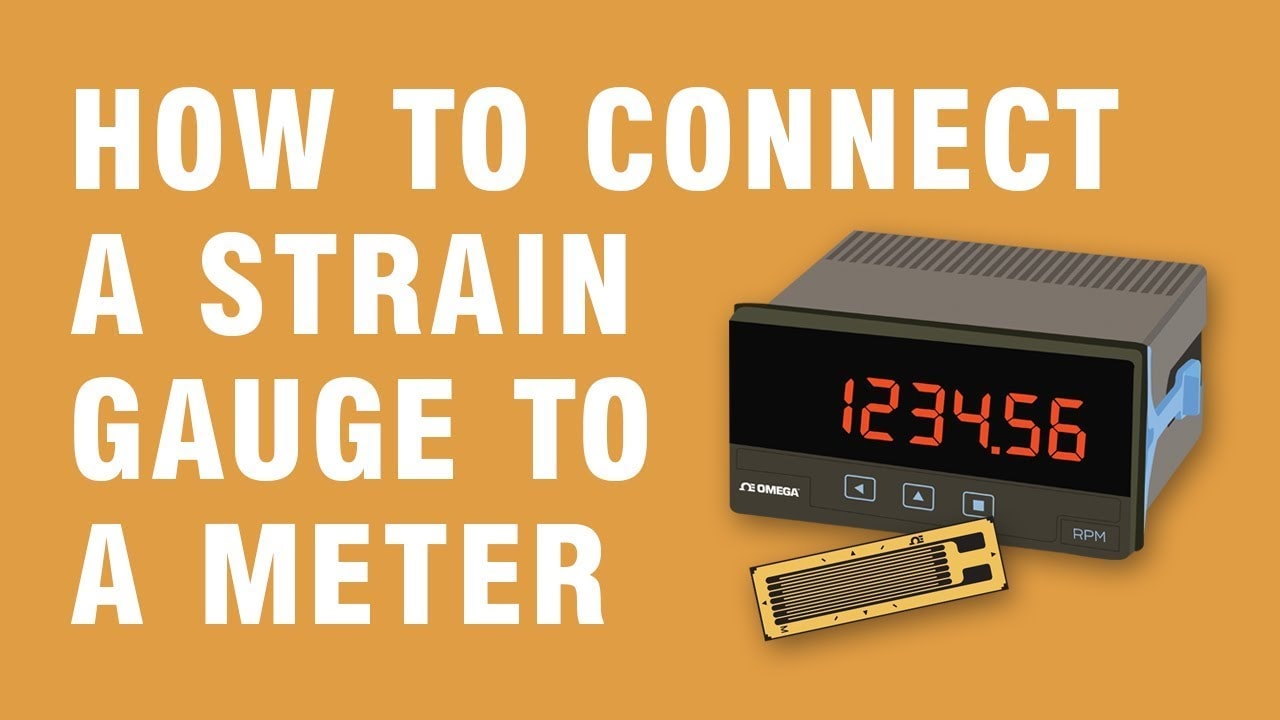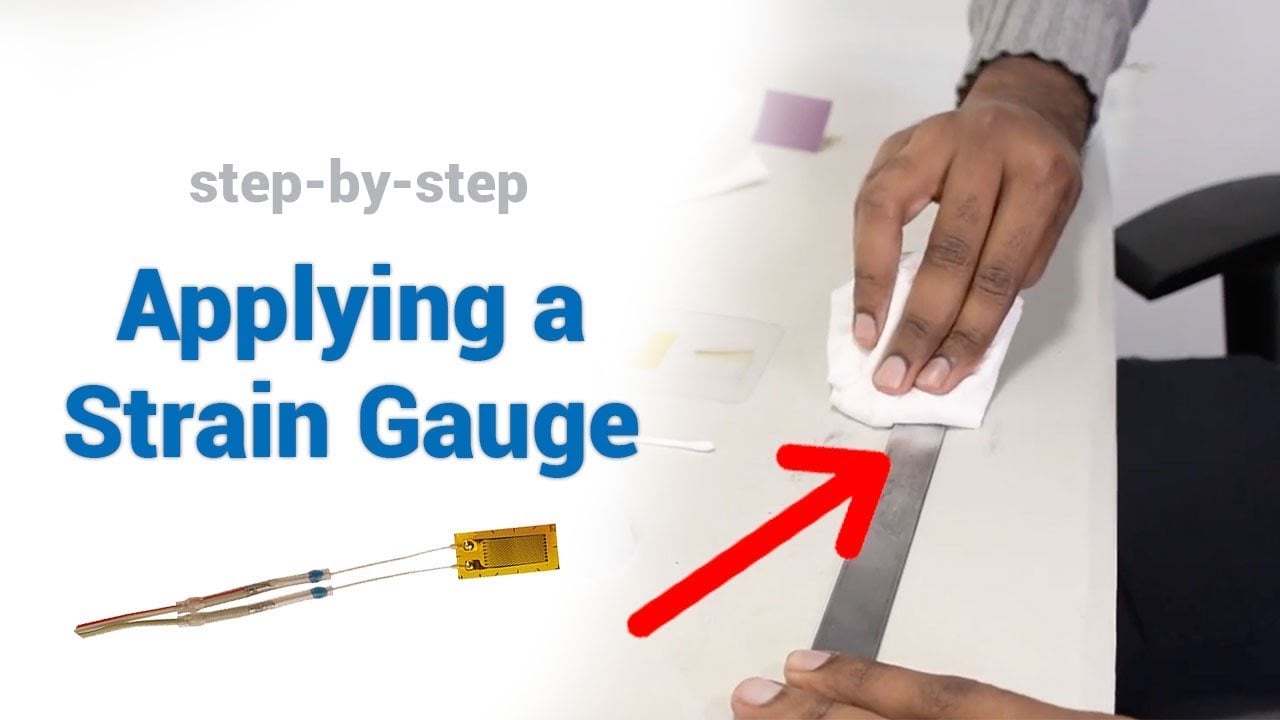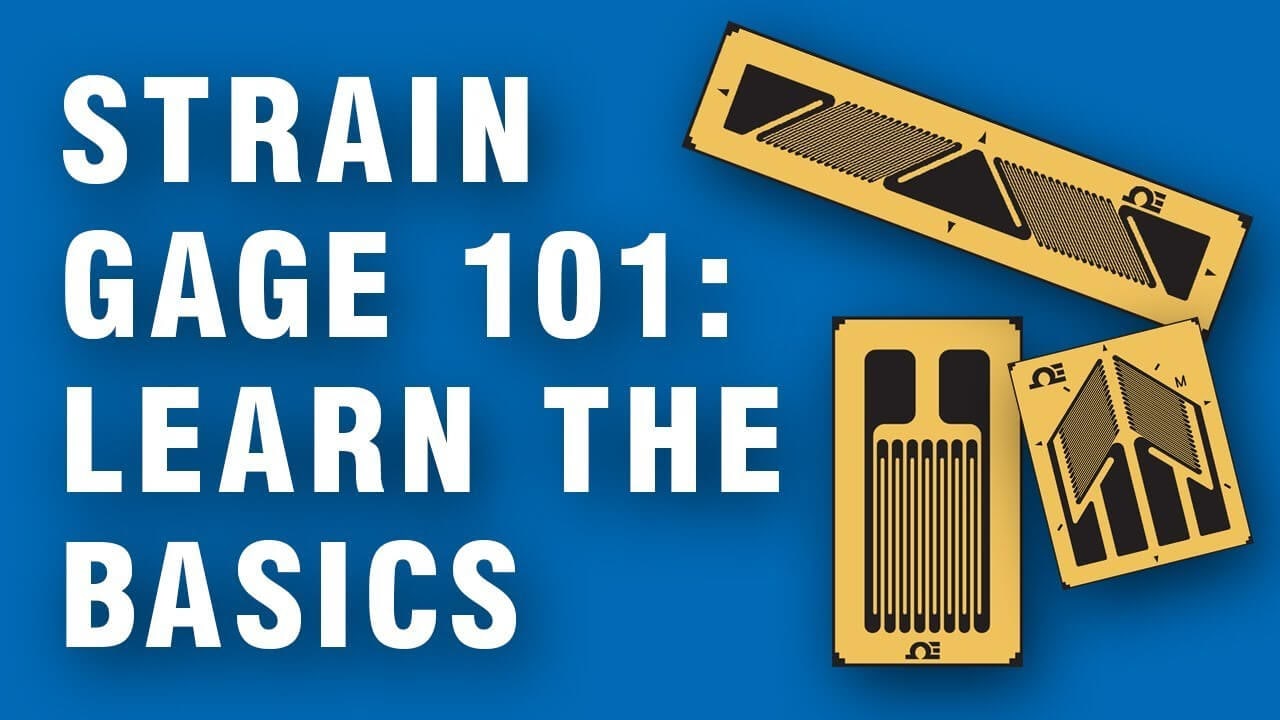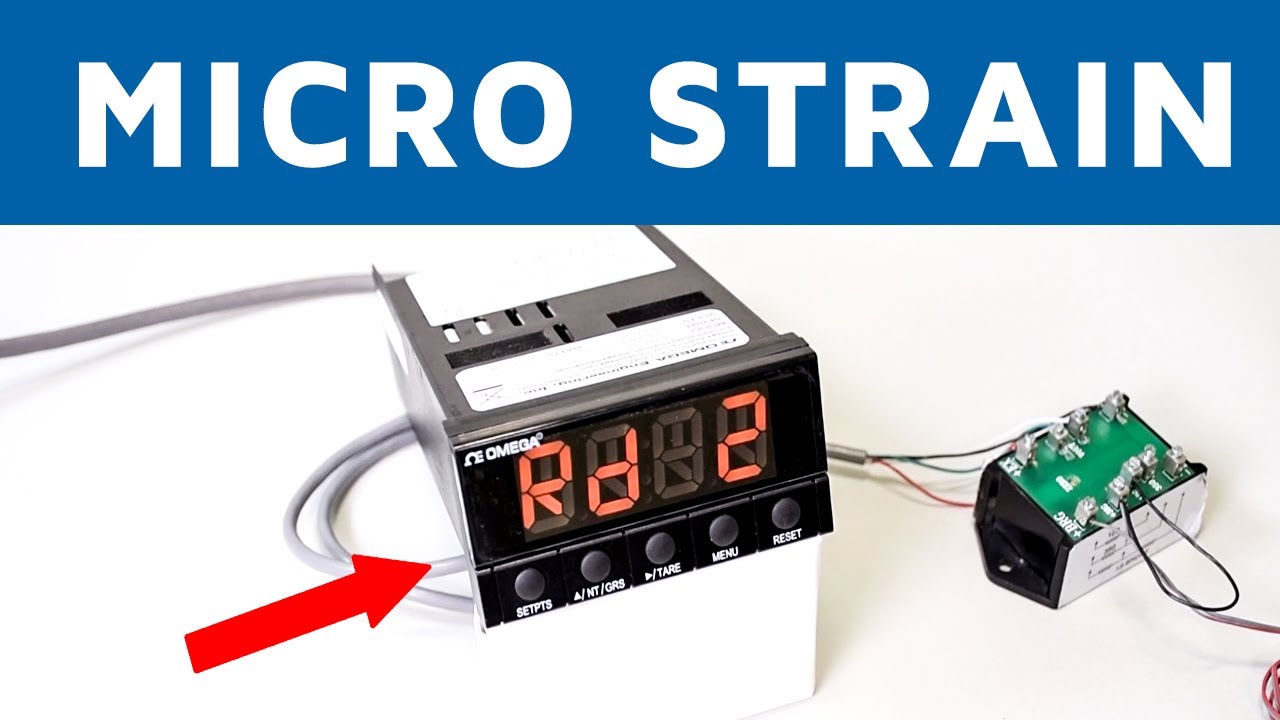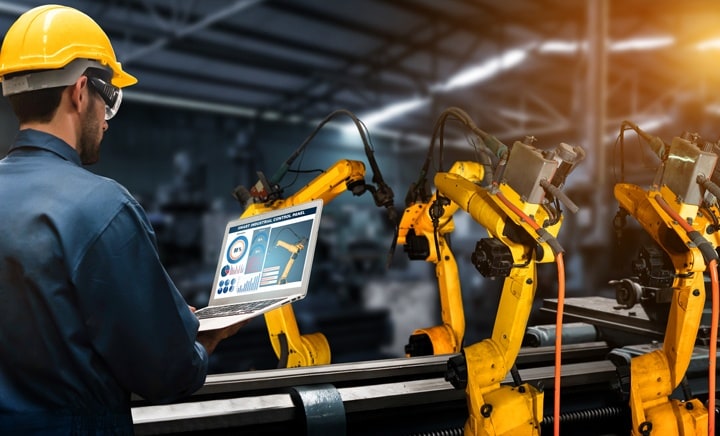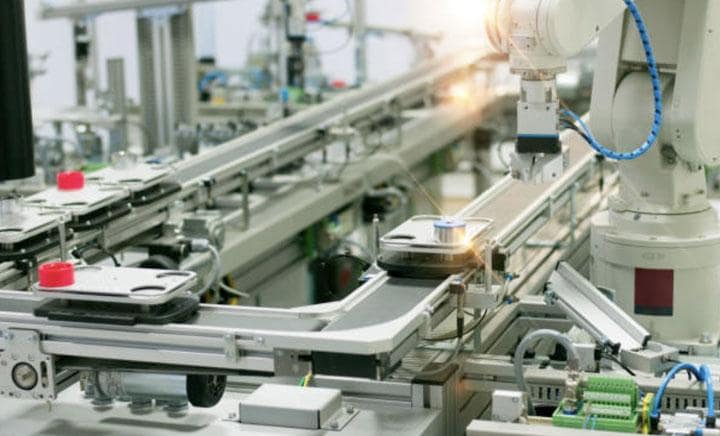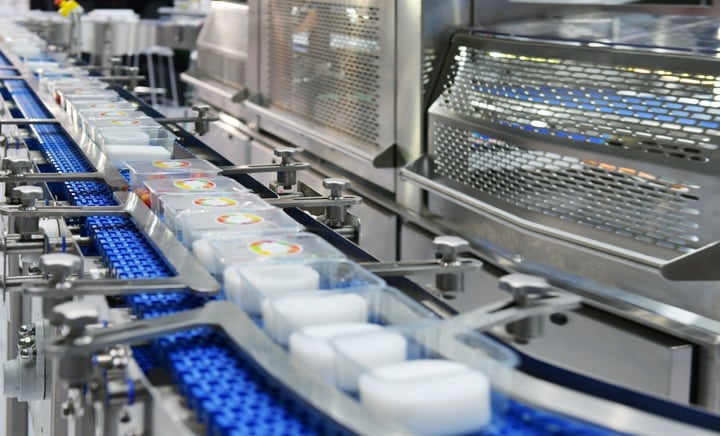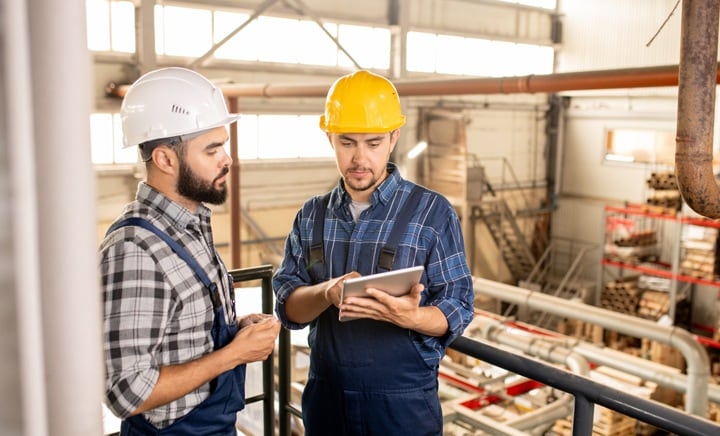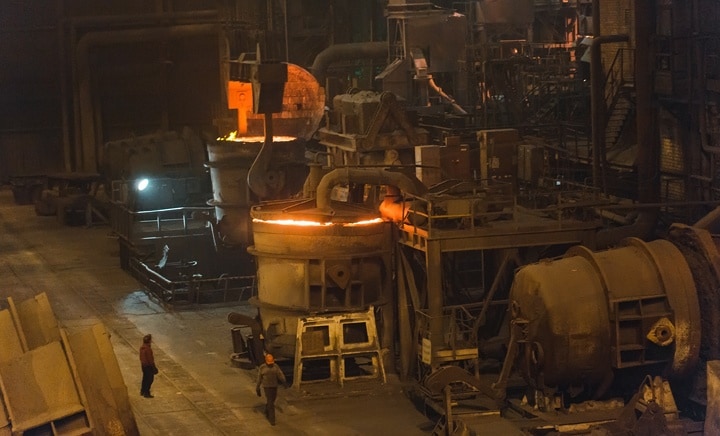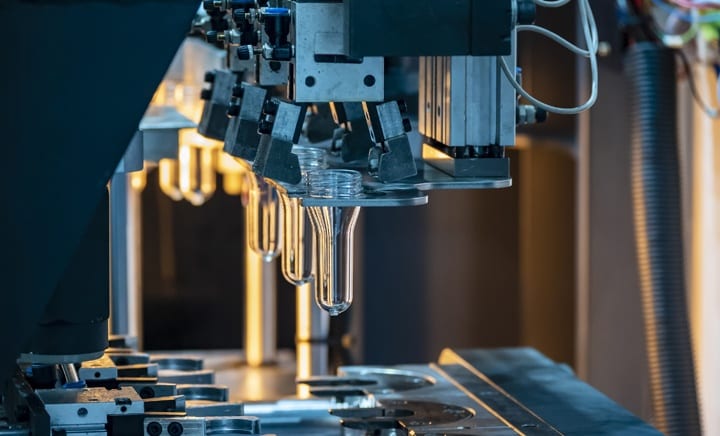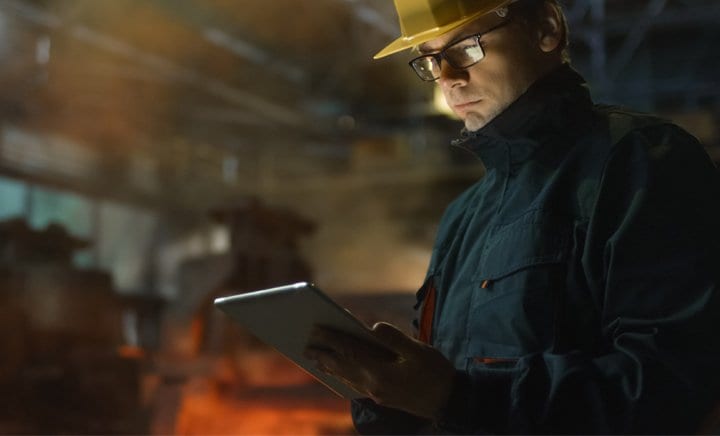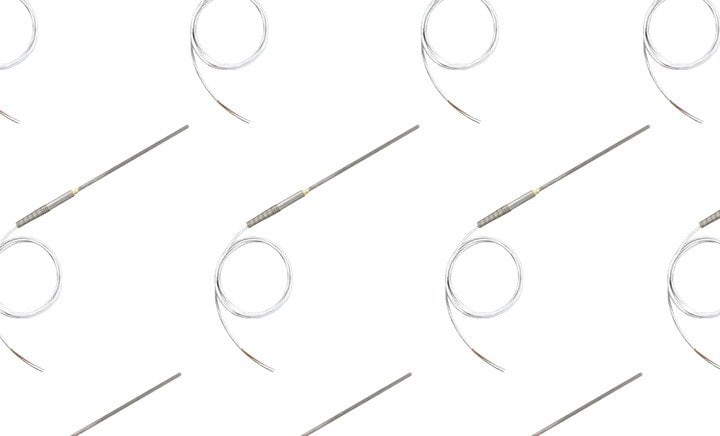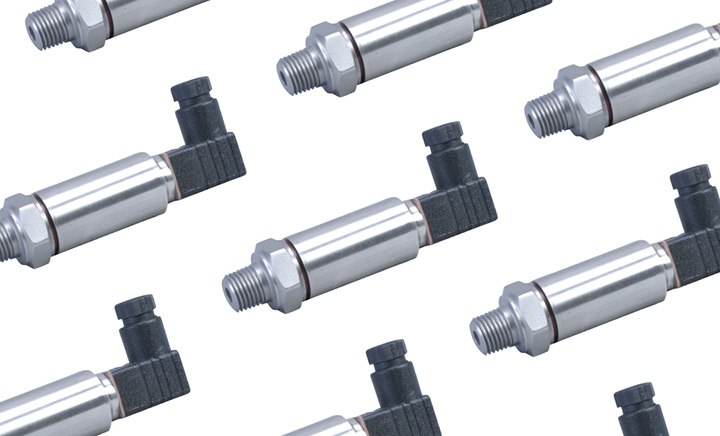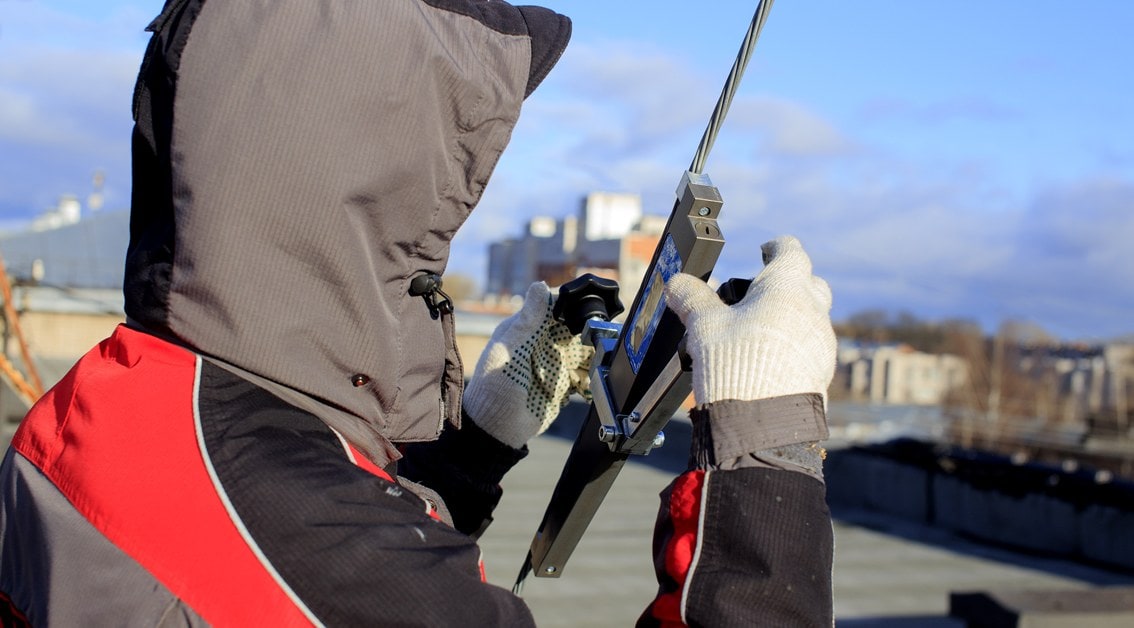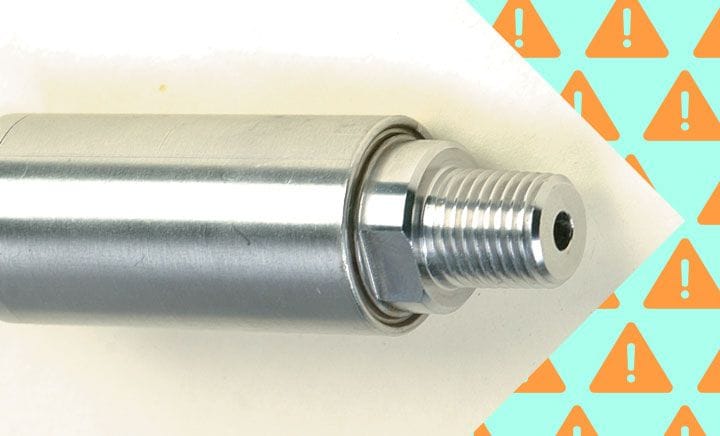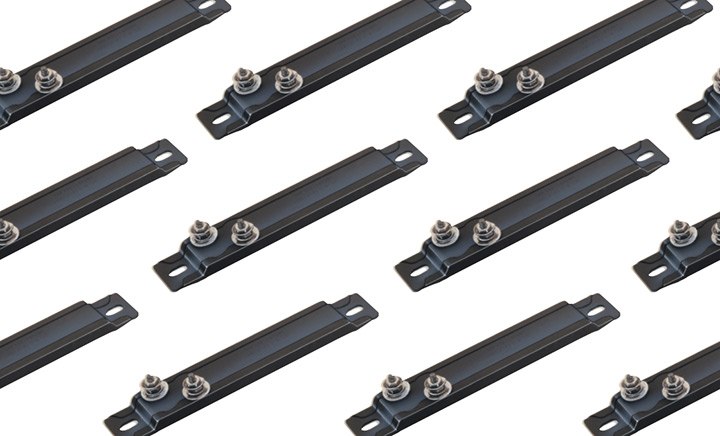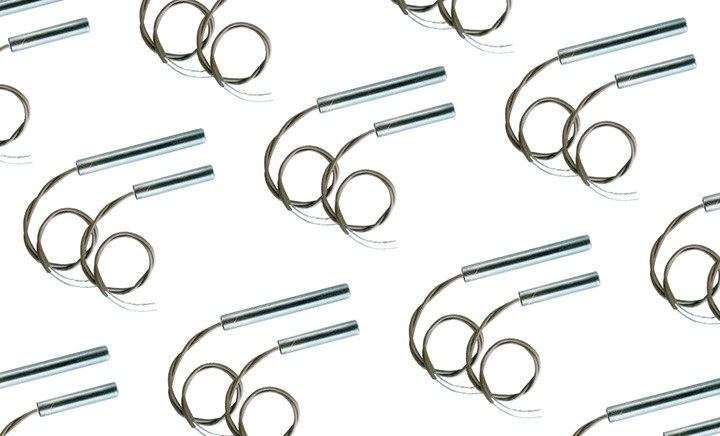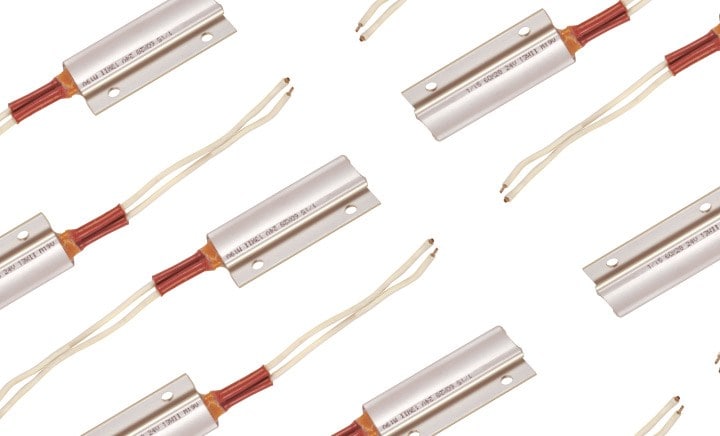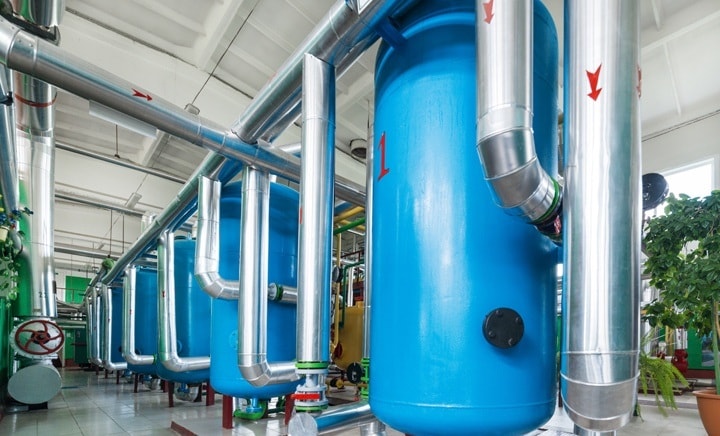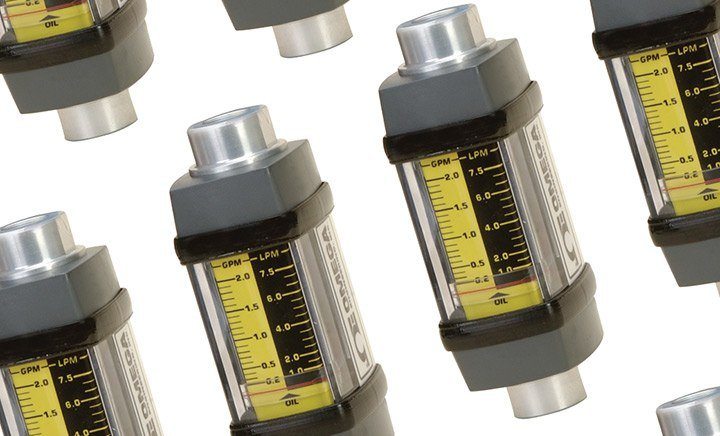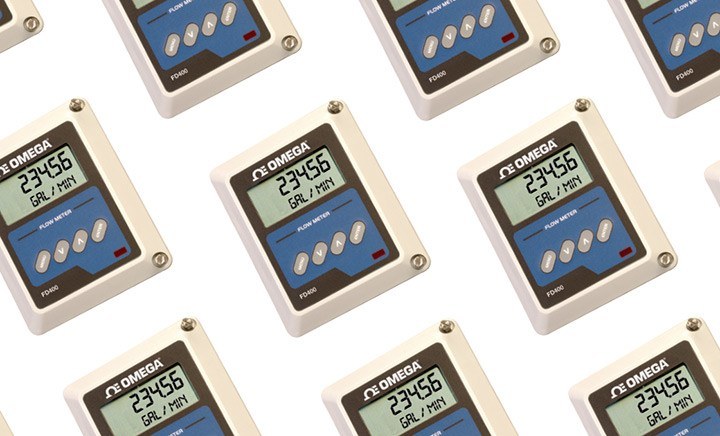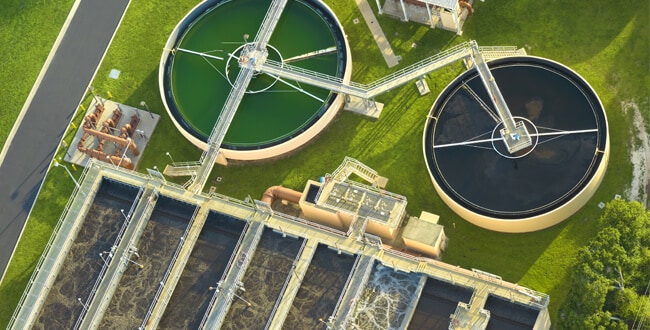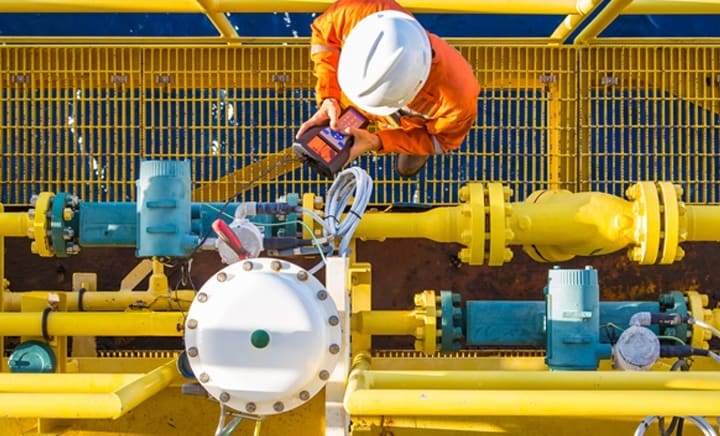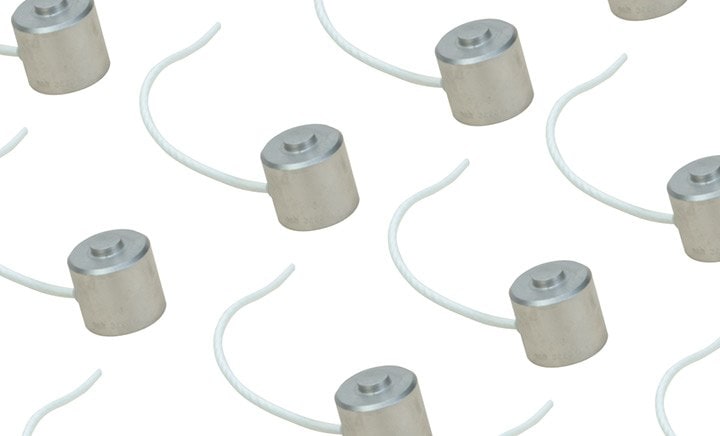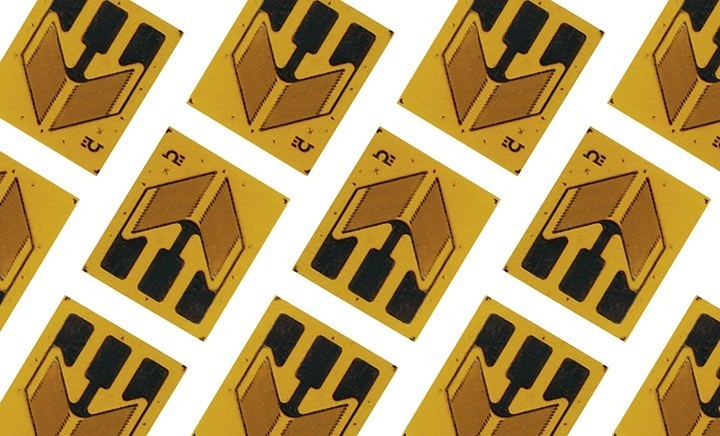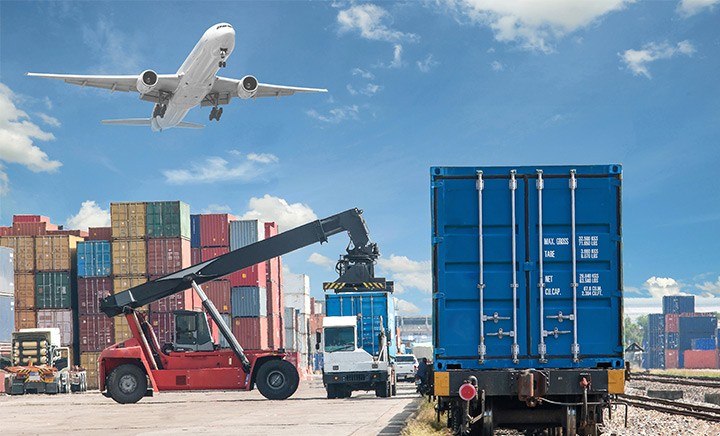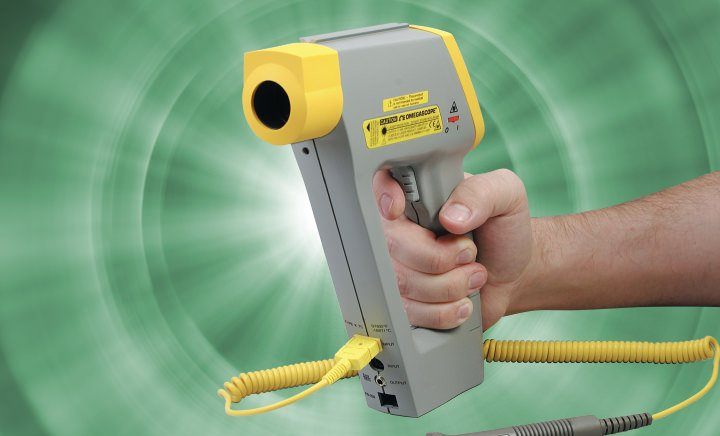
Measuring Temperatures in Furnaces with Oxidizing Atmospheres Measuring temperatures inside a furnace can present several challenges: high temperatures, temperature cycling, and hostile atmospheres exceeding the limits of many measurement devices while others have greatly reduced lifetimes and poor accuracy.
Tagged as:Technical Learning, Get Going
Read More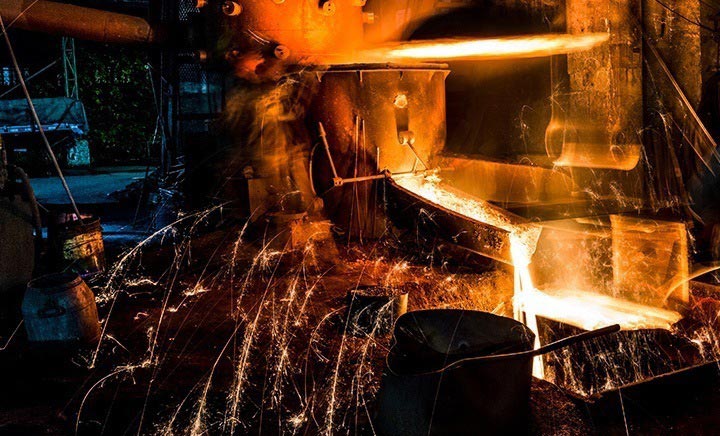
Applications and Benefits of Mineral Insulated Cables in Critical Processes MI cable is a specialized type of cable used in high temperatures or harsh environmental conditions because it has low flammability, even when operating at high temperatures. It resists oxidation and enables precise measurement.
Tagged as:Technical Learning, Get Curious
Read More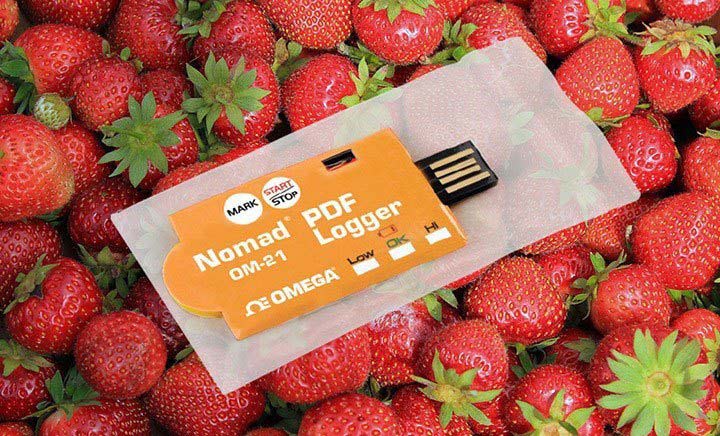
Temperature Monitoring During Transportation, Storage and Processing of Perishable Products This White Paper provides some background to temperature and humidity logging in logistics and discusses equipment options.
Tagged as:Case Study, Get Inspired
Read More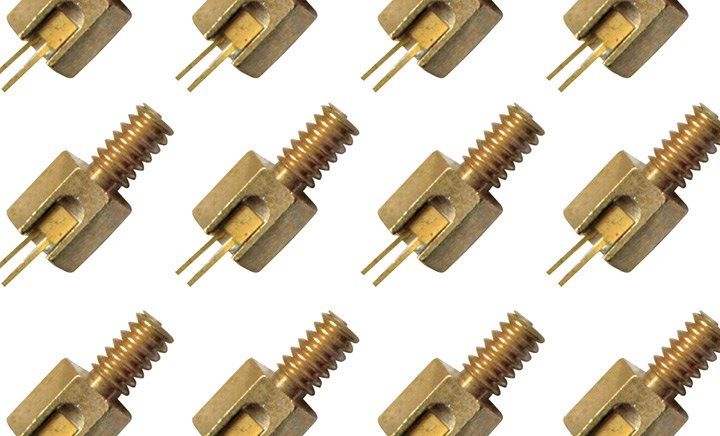
Cryogenic Temperature Sensors Cryogenics is the branch of physics that deals with the production and effects of very low temperatures.
Tagged as:Product Info, Get Curious
Read More
Temperature Measurement Temperature can be measured via a diverse array of sensors. All of them infer temperature by sensing some change in a physical characteristic.
Tagged as:Product Info, Get Curious
Read More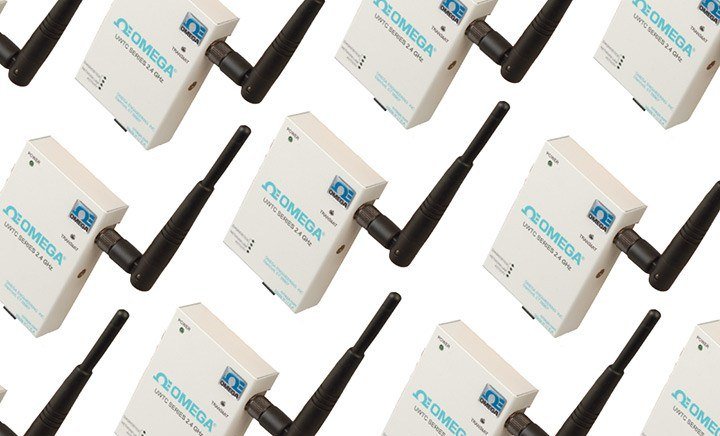
Wireless Sensors Wireless sensors are standard measurement tools equipped with transmitters to convert signals from process control instruments into a radio transmission.
Tagged as:Product Info, Get Curious
Read More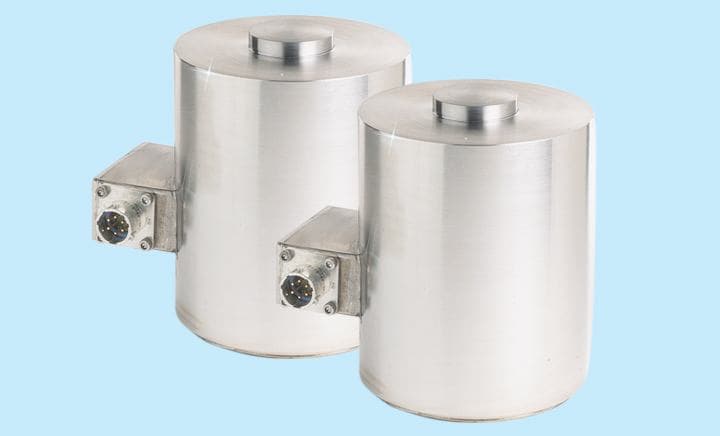
Installing a Load Cell: Best Practices Each load cell installation is unique. Consult a structural engineer when your application requires very high accuracy, long-term stability, custom specifications, or when using in a varied R&D environment.
Tagged as:Technical Learning, Get Going
Read More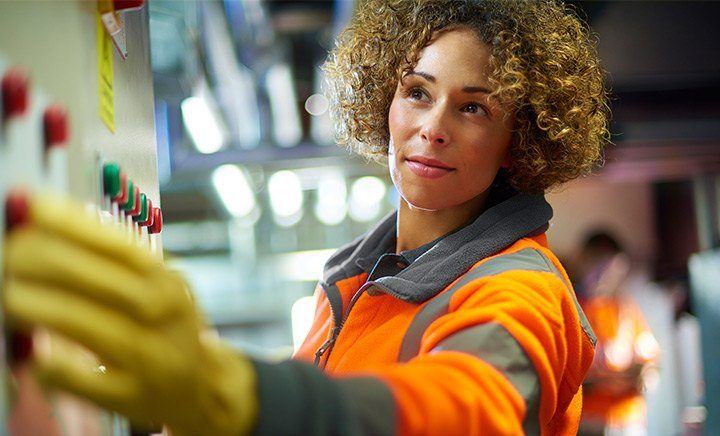
Signal Conditioning and Transmission in Temperature Measurement Output signals produced by temperature measurement sensors require conditioning to convert them to a form that can be used for further processing.
Tagged as:Technical Learning, Get Curious
Read More